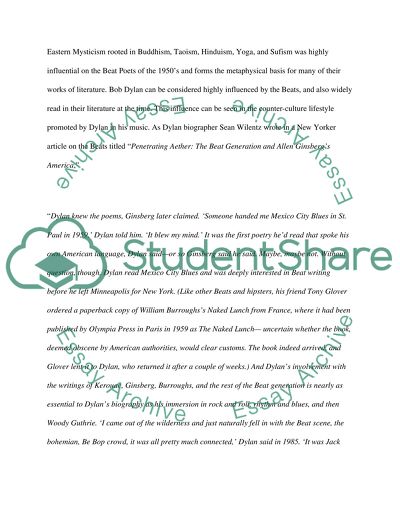Cite this document
(“Explore how Bob Dylan portrays transient figures in Like a Rolling Research Paper”, n.d.)
Retrieved from https://studentshare.org/family-consumer-science/1415116-explore-how-bob-dylan-portrays-transient-figures
Retrieved from https://studentshare.org/family-consumer-science/1415116-explore-how-bob-dylan-portrays-transient-figures
(Explore How Bob Dylan Portrays Transient Figures in Like a Rolling Research Paper)
https://studentshare.org/family-consumer-science/1415116-explore-how-bob-dylan-portrays-transient-figures.
https://studentshare.org/family-consumer-science/1415116-explore-how-bob-dylan-portrays-transient-figures.
“Explore How Bob Dylan Portrays Transient Figures in Like a Rolling Research Paper”, n.d. https://studentshare.org/family-consumer-science/1415116-explore-how-bob-dylan-portrays-transient-figures.


